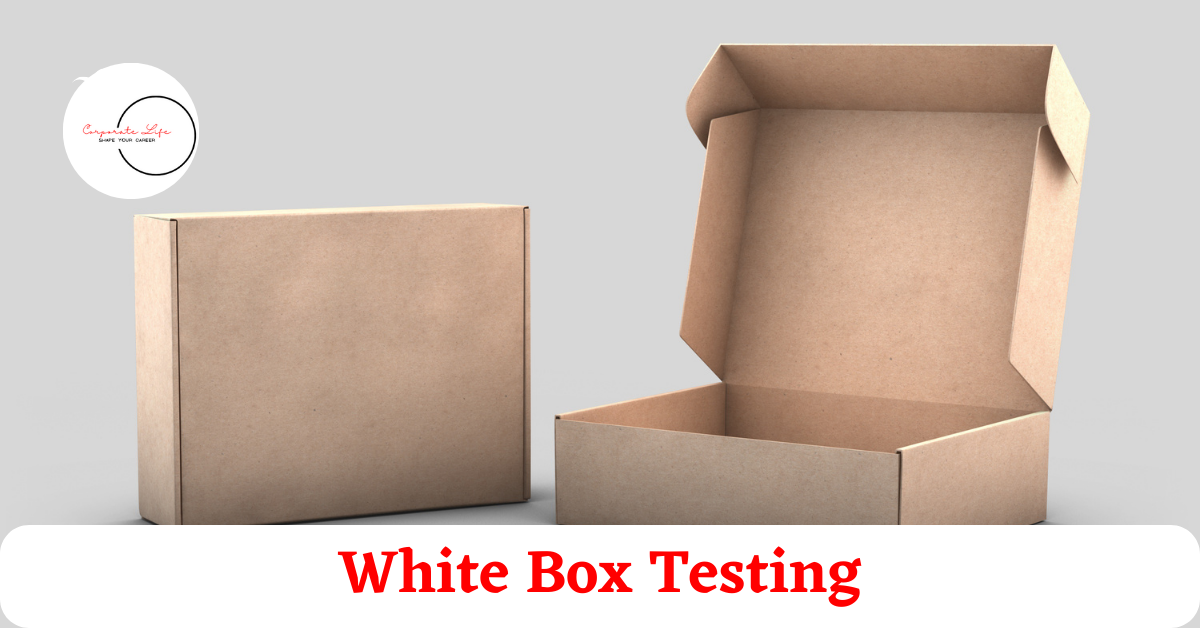White box testing is a software testing technique that focuses on evaluating the internal workings, code, and structure of a software system or application. This technique is also known as “clear box testing” or “structural testing” since it requires the tester to have knowledge of the internal workings of the software.
The objective of white box testing is to identify defects or issues that can impact the performance, functionality, and maintainability of the software. This technique is typically used in the early stages of software development and can be applied to various types of software applications, including web applications, mobile applications, and desktop applications.
White box testing can be performed through manual code review or through automated testing tools, which help to generate test cases, execute test scripts, and analyze test results. Some common types of white box testing include unit testing, integration testing, and code coverage testing.
One of the main advantages of white box testing is that it enables testers to identify defects or issues that are related to the internal workings of the software, such as coding errors, performance issues, and security vulnerabilities. This technique can also help to improve the overall quality and maintainability of the software by identifying areas of the code that need improvement or optimization.
However, one of the limitations of white box testing is that it requires specialized skills and knowledge of the software’s internal workings, which may not be available to all testers. Additionally, this testing technique may not identify all possible defects or issues, since it only tests the internal workings of the software, without considering its external behavior.





